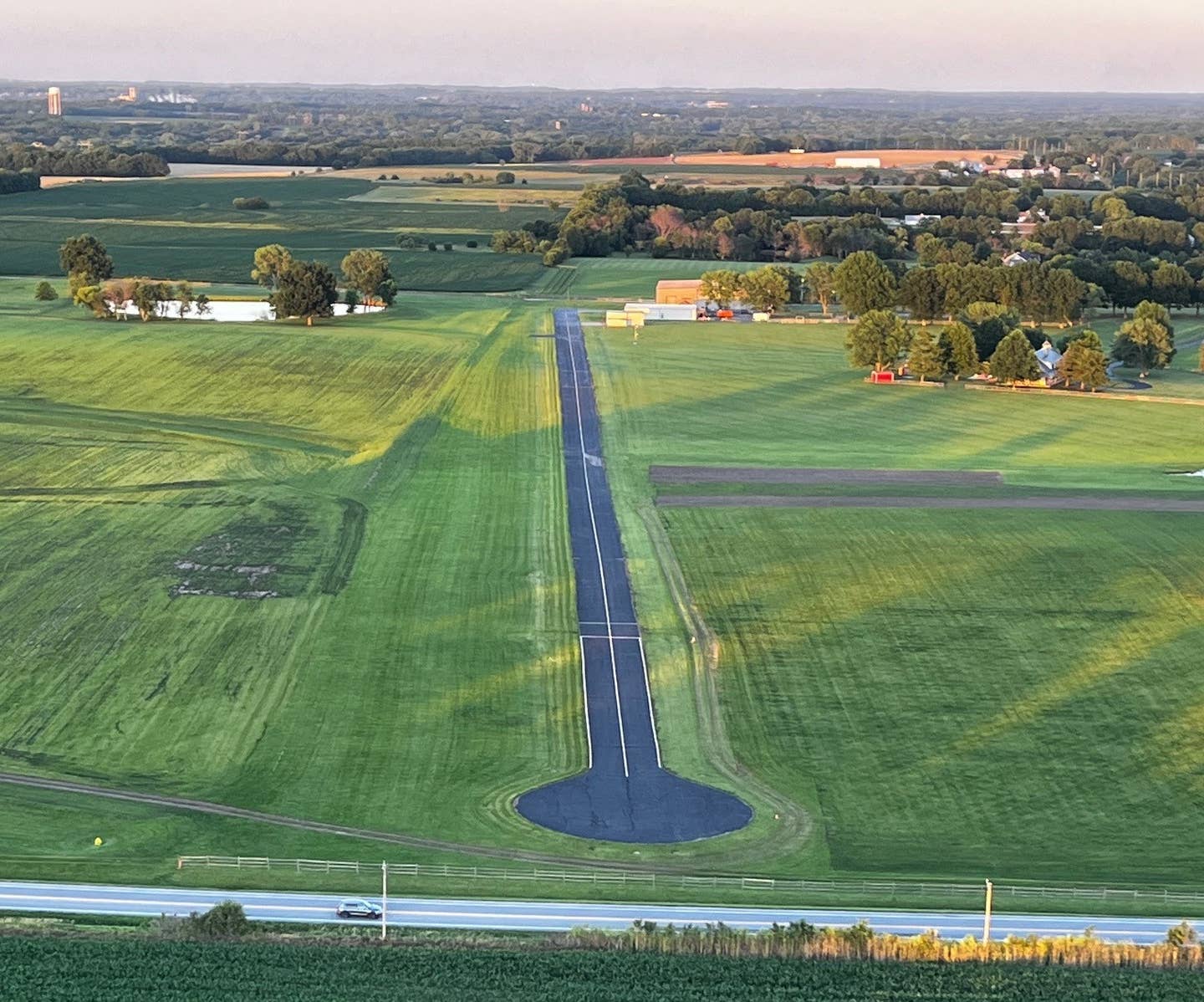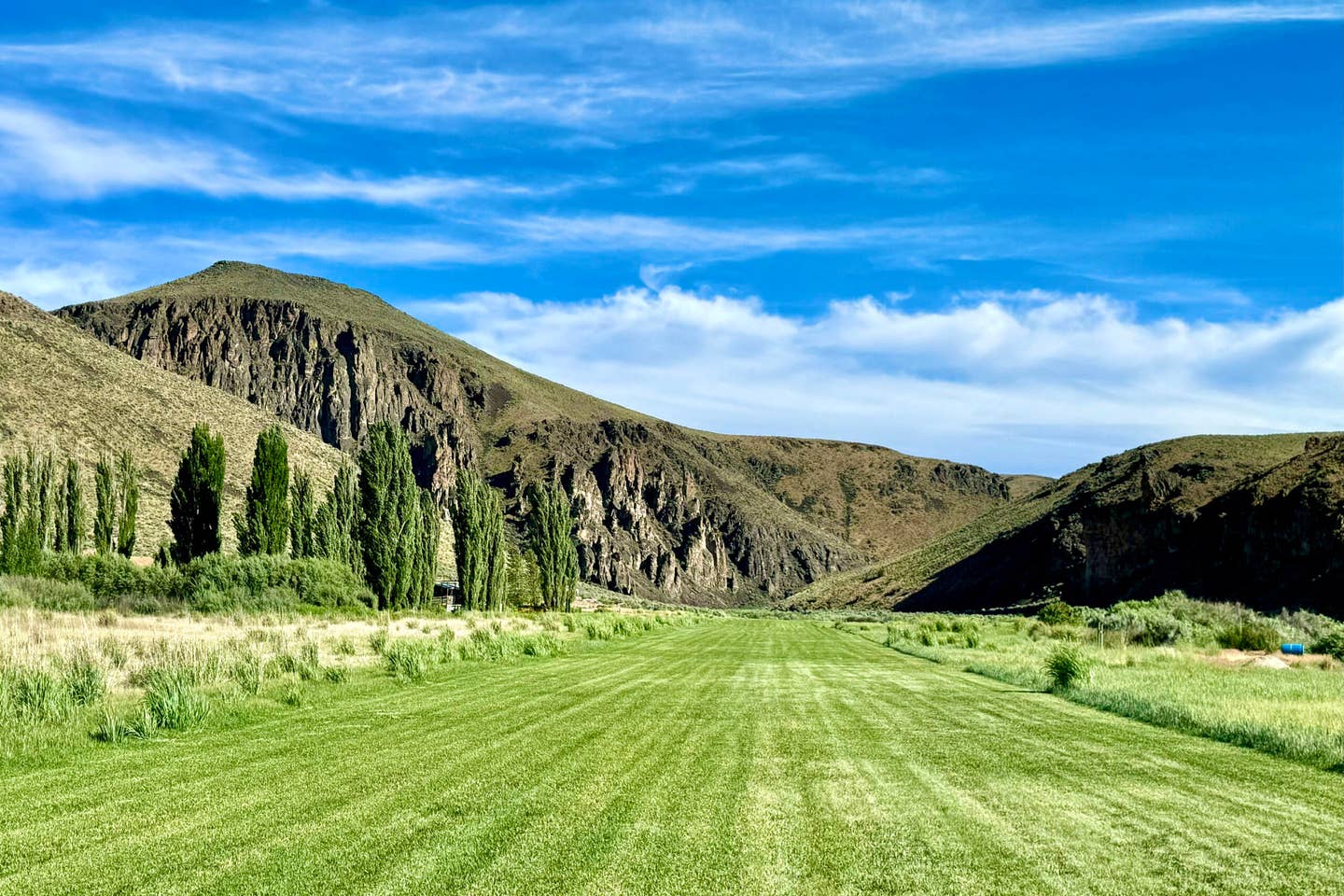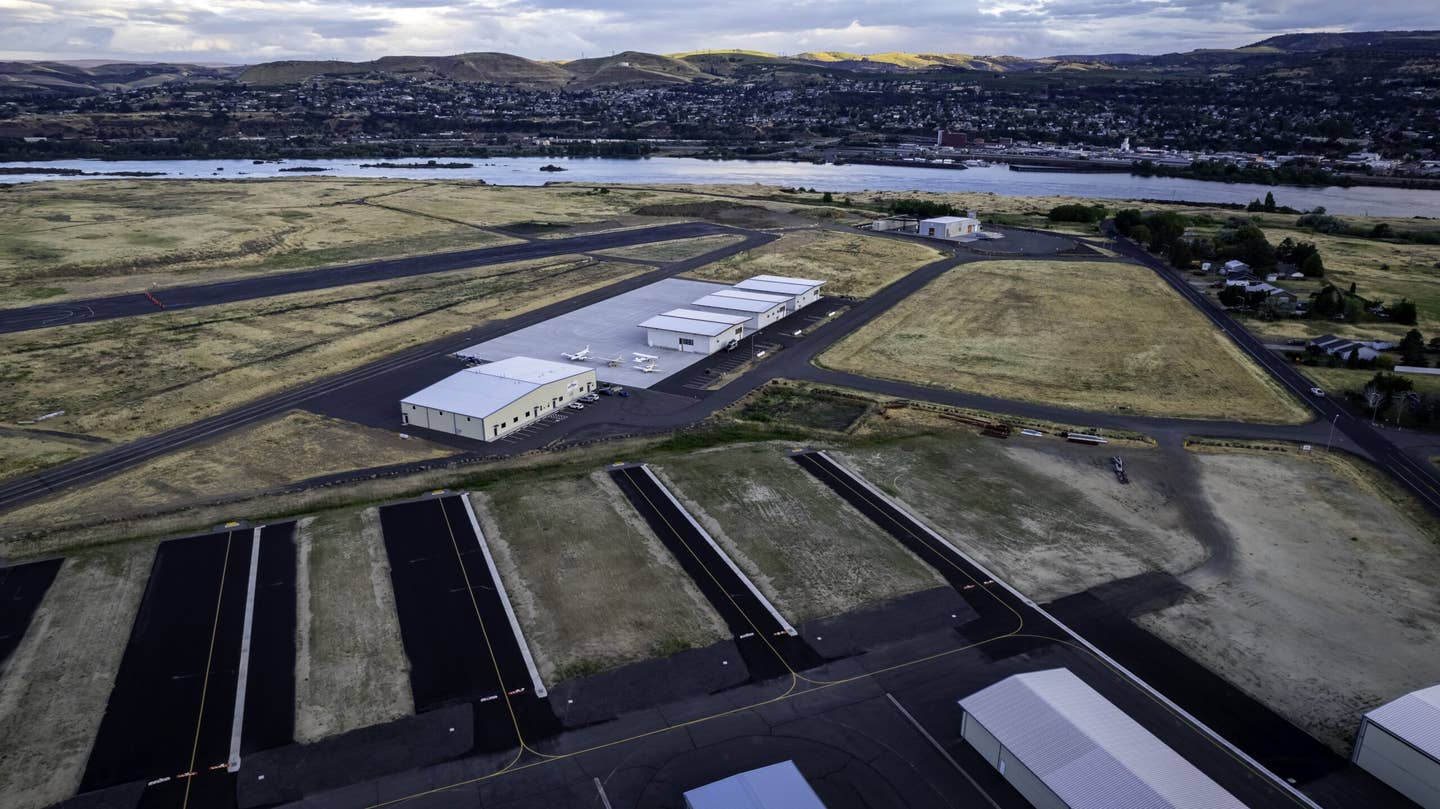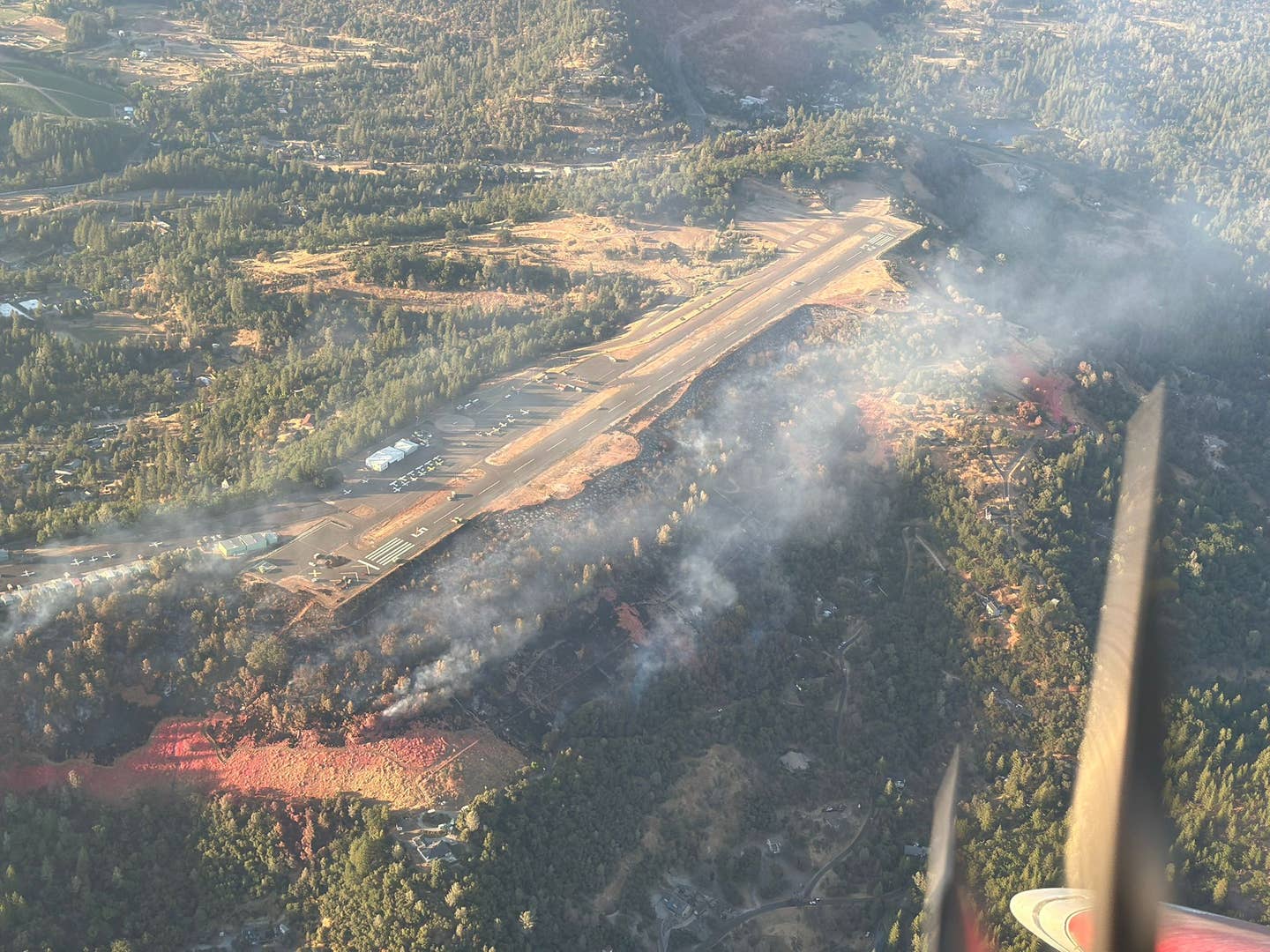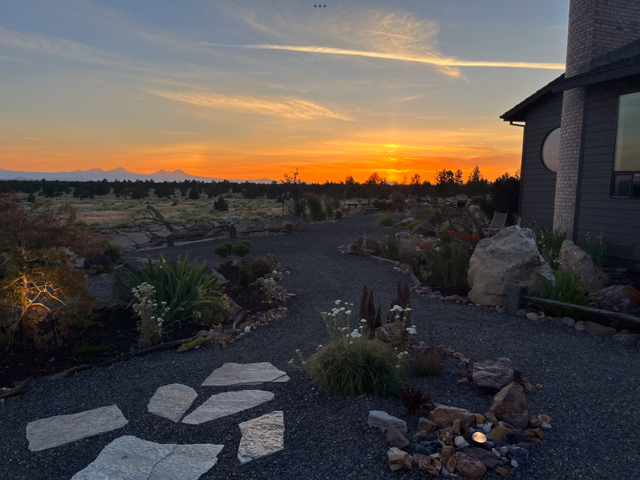Finding Freedom by Flying in Alaska
Two fly-in communities under development offer waterfront, frontier lifestyles for pilots who enjoy the beauty of nature.
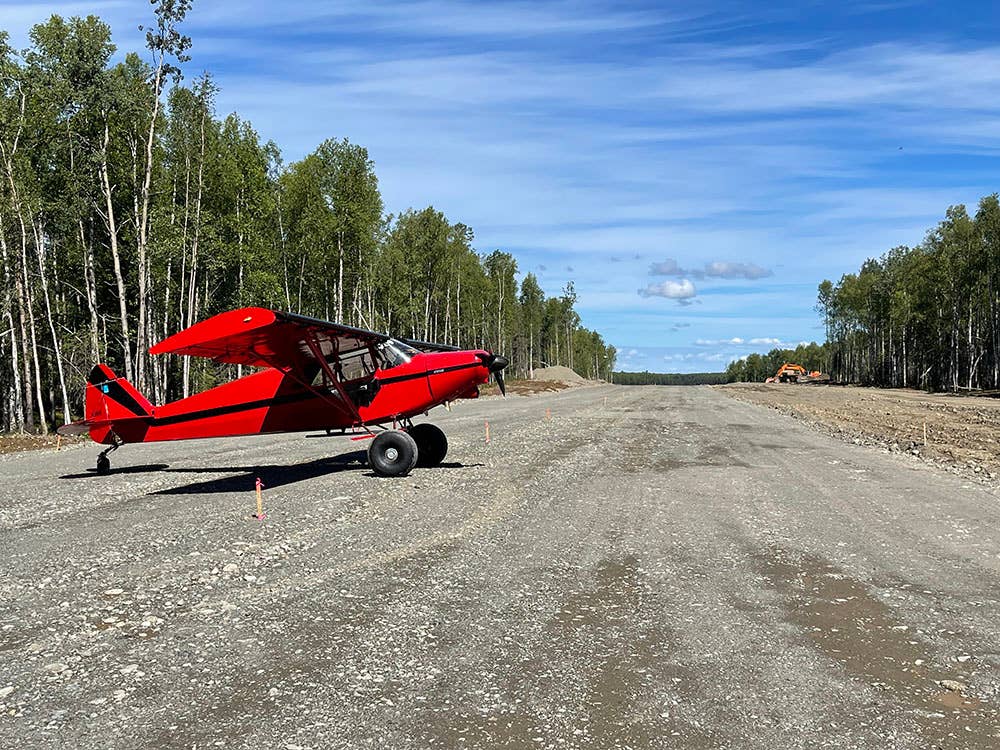
A taildragger at one of Alaska’s newest residential fly-in communities. [Courtesy: Skyland Airpark]
It is rare for someone to undertake one residential airpark development in their lifetime, let alone two simultaneously. Stewart Smith and Art Mathias, who are both longtime pilots and real estate professionals, are the developers of Baldy Lake Airpark and Skyland Airpark in Alaska.
Smith sat down with FLYING to provide an overview of these two projects, which are roughly 18 nm from one another. He explained that the inspiration for the two fly-in communities came from his own experiences spending summers at Wolf Lake Airpark (4AK6) in Palmer, Alaska, and winters at Zuehl Airpark (1TE4) in Marion, Texas.
“We have already done very well on both projects,” Smith said. “We started first on Skyland, our original project, and then another opportunity came along that my associate [Mathias] wanted to get involved with.”
Skyland Airpark
Skyland Airpark, near the town of Willow, is expected to have nearly 140 hangar homes, cabins, and RV sites when complete. Ninety-nine percent of its lots have direct taxiway access.
“Skyland Airpark is an extraordinary gated, secure airport community featuring over 187 acres [with] lake frontage, on three lakes, [and] HOA community access to over 200 acres of water,” Smith said. “Skyland also contains over 1,600 feet of beautiful frontage on famous Caswell Creek.”
These freshwater bodies are a flagship feature of the community. It’s a unique experience overflying Caswell Lake when landing to the south.
“An incredible feature of Skyland Airpark is its floatplane and wheel plane and winter ski runways," Smith said. "All Skyland lot owners will have private access to the 1,800-foot-long-by-100-foot-wide grass runway, enhanced with 60-foot-wide taxiways. To accommodate planes on floats, there will be a 70-foot-long floatplane dock and community boat launch for all to enjoy.”
Significant work was undertaken to carve a suitable runway landing site out of the dense birch trees that cover the secluded acreage. Big Caswell Lake, which is 1 mile long and a half mile wide, is from where both float- and ski-equipped aircraft will operate.
Within the development there is a communal park with covered pavilion, picnic tables, fire rings, and barbecue area for resident use only. There is also 40 acres of common use land, which includes a private 17-acre lake.
“Adjoining Skyland Lake is another 16-plus acres of grasslands with rustic scenic trails,” Smith said. “Skyland Airpark is the beginning point for an outstanding adventure of snow machining and four-wheeling on trails that lead to millions of acres of state of Alaska land for take-your-breath-away views, fishing, hunting, riding, and hiking. This will not only be a great investment for years to come but today offers an exceptional lifestyle.”
Smith provided an update on the project, which began in 2022.
“In Skyland right now, we have eight hangar homes that have already been completed,” he said. “So far, we’ve sold approximately 55 lots of the 144 planned. The interest has been very strong. About 40 percent of the people who have been interested in the project so far are pilots. The rest are people that want a good, quiet place on the lake with the quality of the amenities, the hiking trails, and the fishing.”
Baldy Lake Airpark
The second airpark project started in spring 2023 and is marketed with the goal of allowing pilots to “live Alaska’s frontier lifestyle.”
This development, located in Susitna North, is more remote than the other new Alaskan fly-in community. With a total size of 1,400 acres, lots range from 2 acres to 140 acres. The airpark is set to have a 2,000-foot-long grass runway, with floatplane access and winter ski flying.
“Like Baldy Lake Airpark, Skyland Airpark has panoramic views of the Alaska Range, including Mount Denali, Mount Hunter, and Mount Foraker,” Smith said. “[Nearby] outdoor recreation includes the best snow machine area in the state, with over 30 square miles of rolling hills in the Talkeetna Mountains.”
In true Alaskan fashion, the community caters to the frontier lifestyle and those who desire to enjoy the beauty of nature.
“The community is located in a rugged, remote area that provides residents with a true sense of seclusion and privacy,” he said. “The rarity of this expansive acreage, a two-hour drive north of Anchorage, its historical richness, and the limitless potential of this property promotes an ideal environment to create and enjoy a peaceful, relaxing rural lifestyle. The pristine landscape and abundant natural water resources allow for a multitude of uses and recreation.”
The benefits of being off the grid are balanced with modern amenities, such as fiber optic internet. The prospect of living at Alaska’s newest airpark has attracted aviators from in and out of the state, with a dozen lots (out of a total of 140) having been sold so far.
“What we are finding interesting is that a lot of people love the freedom of flying in [Alaska],” Smith said. "You don’t require permission to land on pretty much any of the airstrips out there or in the rural areas. You just go out and fly—and people really like that. They also love the summers here, so we’re seeing a good influx of pilots from California, Idaho, and Arizona.
“And we are seeing a lot of commercial pilots that have the resources to have a summer home. They’re coming up and they’re buying hangars, so they can have a plane here in Alaska. When they come here [when on break], they stop over in Anchorage, come to the airpark, then go off flying, fishing, and having a good time. Then they go back [to work] after a few weeks recharged.”
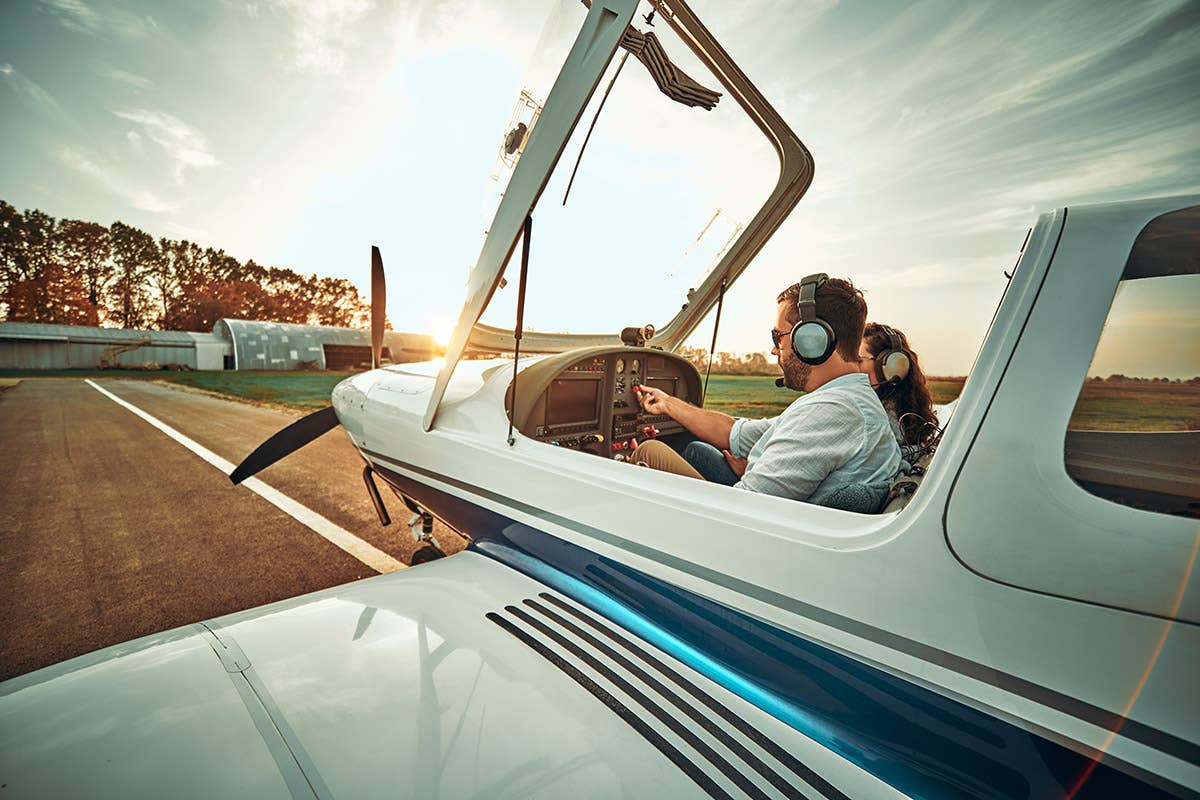
Subscribe to Our Newsletter
Get the latest FLYING stories delivered directly to your inbox

